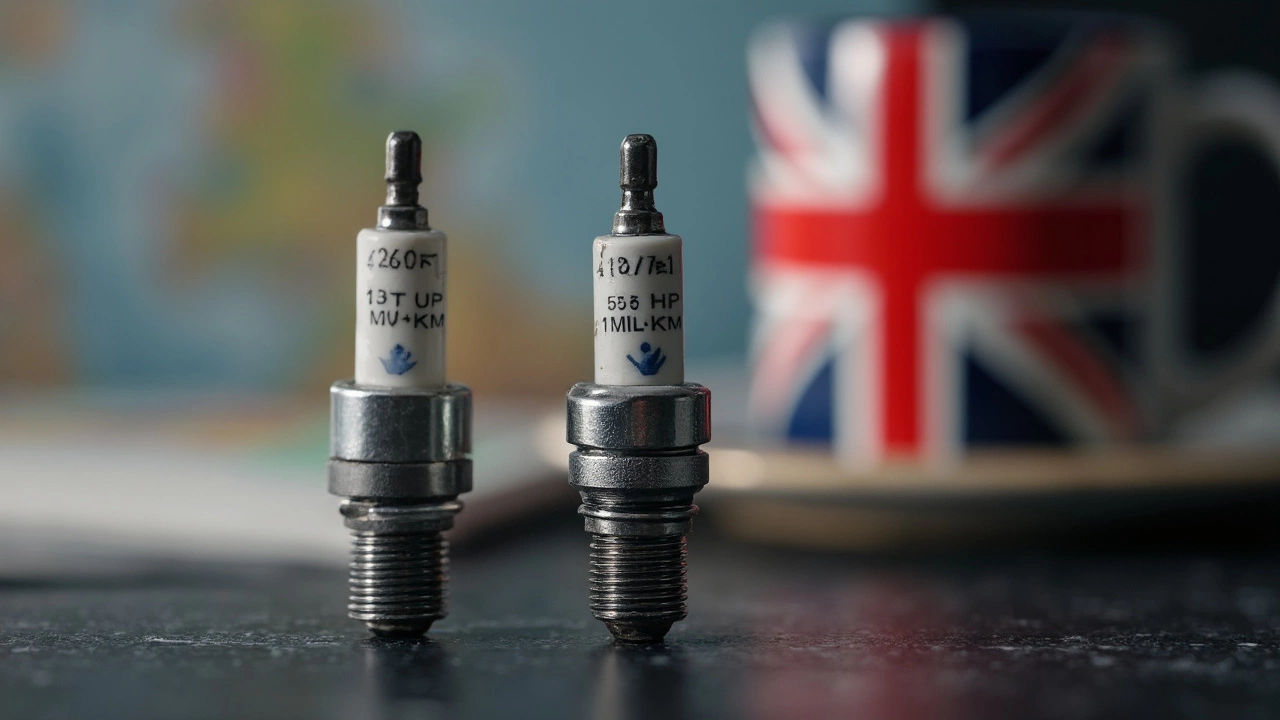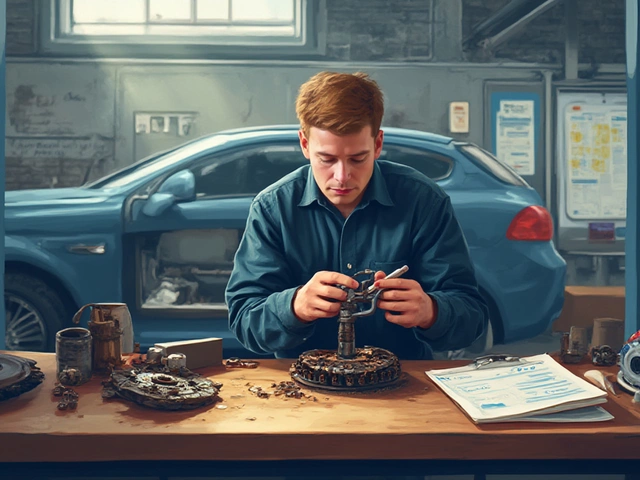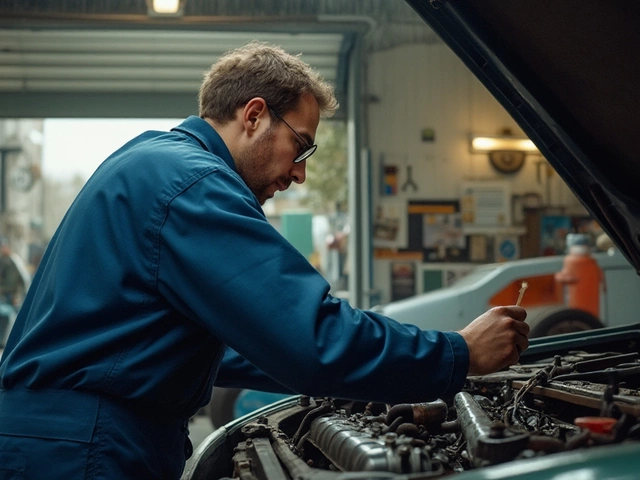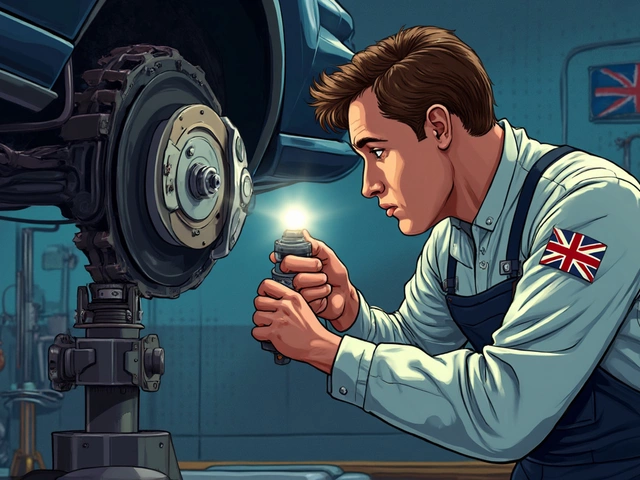Lifespan of Car Parts – What to Expect and How to Keep Them Going
Ever wondered why your clutch starts slipping after a few years while the tyres feel fine? Knowing the typical lifespan of each component helps you plan repairs, avoid surprises, and save money. Below you’ll get straight‑forward answers on how long common parts last and what you can do to stretch their life.
Key Factors That Influence Part Lifespan
Age alone doesn’t decide when a part dies. Driving style, road conditions, maintenance habits, and even climate play huge roles. For example, aggressive braking wears brake pads faster, while salty winter roads accelerate corrosion on suspension parts. Regular oil changes, timely filter swaps, and keeping fluids at the right level are cheap habits that add years to most components.
Another big factor is quality. OEM (original equipment manufacturer) parts often outlast cheaper aftermarket options, but premium upgrades can also beat stock when the right materials are used. When you buy a part, check the warranty – a longer warranty usually signals confidence in durability.
Typical Lifespans for Popular Components
Clutch: If you notice a burning smell or slipping, the clutch may be near the end of its life. Most clutches last between 60,000 and 100,000 miles, but heavy city driving can cut that in half. Light, steady highway use can push it past 120,000 miles.
Brake Pads (Rear): Rear pads usually wear slower than front ones. Expect replacement every 30,000 to 70,000 miles depending on driving habits. Listen for squealing and feel for longer stopping distances – those are early warnings.
Alloy Wheels: True alloy rims don’t rust like steel, but they can corrode or develop cracks from impacts. With proper cleaning and protective coating, they can last the lifetime of the car. Keep them free of brake dust and road salt to avoid premature damage.
Suspension (Shocks & Struts): Bad shocks feel like a bouncy ride or knocking noise over bumps. Most shocks last 50,000 to 100,000 miles. Harsh roads and heavy loads can halve that, so consider an inspection if you notice uneven tire wear.
Engine Cooling System (Radiator): Radiators often survive 150,000 miles if coolant is flushed every 2‑3 years. Overheating, rust, or coolant leaks mean it’s time for a swap.
Fuel Pump: A healthy pump usually endures 100,000 to 150,000 miles. Symptoms like hard starts, sputtering at high speeds, or a whining noise indicate it’s nearing failure.
Spark Plugs: Copper plugs last about 30,000 miles, while iridium or platinum versions can hit 100,000 miles. Misfires, rough idle, or reduced fuel economy are signs they need checking.
These numbers are averages; your mileage may differ. Use them as a checklist during service appointments.
Keeping parts in good shape boils down to three habits: stay on top of scheduled maintenance, address odd noises or performance drops right away, and choose quality replacements when you need them. A quick visual inspection of brakes, tyres, and belts each month can catch wear before it turns into a costly repair.
Next time you wonder “how long will this last?”, refer back to this guide, compare your driving conditions, and make a plan. A little awareness now means fewer breakdowns later, and your car stays reliable for the miles ahead.
 7 June 2025
7 June 2025
How Long Will 5 Brake Pads Last? Real-World Lifespan Explained
Ever wondered how long five brake pads can actually last before you need a change? This article explores what really affects brake pad life, from how and where you drive, to what your car needs and how you treat it. Get practical tips on spotting signs of wear, making pads last longer, and avoiding those sudden roadside emergencies. Real stories and real numbers—no empty promises, just answers you can use. Finally, find out if that fifth pad makes a difference or if it's just a marketing twist.
 3 May 2025
3 May 2025
Spark Plug Lifespan in KM: What You Need to Know
Curious how long spark plugs actually last in your car? This article breaks down the real-world lifespan of spark plugs in kilometers and unpacks why it differs from model to model. Find out how to spot when yours are wearing out before you get stranded on the road. Learn some practical tips to help your plugs last longer and keep your car running strong. Get the facts, not the old myths.






0